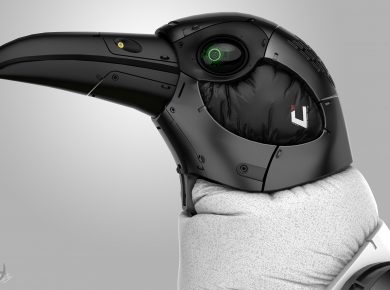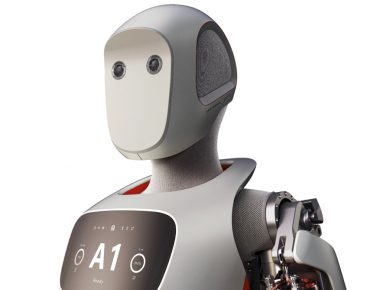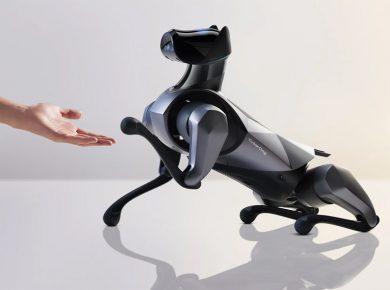
In a realm where technology is advancing at an astonishing pace, Figure AI Inc. has managed to make headlines with its significant progress in humanoid robotics. The company recently achieved a breakthrough by enabling its Figure 01 humanoid robot to walk. By doing so, it joins a growing list of enterprises striving for functional humanoid robots, and it could potentially reshape the labor economy.

The journey to making a robot walk is laden with complexities, yet Figure seems to have overcome many. A recent video released by the company showcases the bipedal movement of its robot, revealing a key characteristic: bent knees. This anatomical feature, commonly seen in other robots, aids in better control of balance among other factors. Previously shy about sharing video footage, the release signifies a major milestone and hints at the long road ahead toward a fully functional product.

The robot’s hands are another focal point. During a visit to the company’s headquarters, a human-like, five-digit hand was on display, hinting at the ambitions Figure holds for mobile manipulation. While most systems are yet to master the art of articulate grasping, Figure seems keen to develop this feature, though its current capabilities remain undisclosed.
Barely a year into its existence, Figure has seen remarkable growth, boasting a workforce of 60 as of the last count. Further amplifying its prospects, Intel Capital has invested $9 million in equity to accelerate the robot’s development. This funding will also aid Figure in enhancing its autonomous operations and is a significant step toward commercialization.

The investment from Intel Capital follows a $70 million Series A funding that Figure secured in May, right after emerging from “stealth mode” in March. Brett Adcock, founder and CEO of Figure, spoke highly of the strategic partnership, noting that the global resources and expertise of the Intel team would accelerate the company’s growth.
Unlike other companies striving to build robots capable of running or performing acrobatics, Figure aims for pragmatism. The primary mission for its robot is to be useful, starting with tasks in warehouse-type environments. The ultimate objective is to have this prototype doing useful work by the end of the year, addressing labor shortages and potentially unsafe jobs.

Figure’s progress occurs in a context where humanoid robots are increasingly grabbing attention. Tesla has showcased its Optimus robot, Sanctuary AI has unveiled its sixth-generation Phoenix robot, and NASA is testing Valkyrie robots for remote operations. Forecasts from Markets and Markets suggest that the global market for humanoid robots could surge from $1.8 billion in 2023 to $13.8 billion by 2028, growing at a CAGR of 50.2%.

With significant investments, a talented team lured from industry giants like Boston Dynamics and Google Deepmind, and a clearly defined roadmap, Figure is well-poised to make its mark in the burgeoning field of humanoid robots. Only time will tell if it manages to reach its lofty goals, but for now, its first walking steps are a giant leap for the company and perhaps, for humanoid robotics as a whole. Also don’t forget to check our article about 5 Incredible AI Humanoid Robots.




